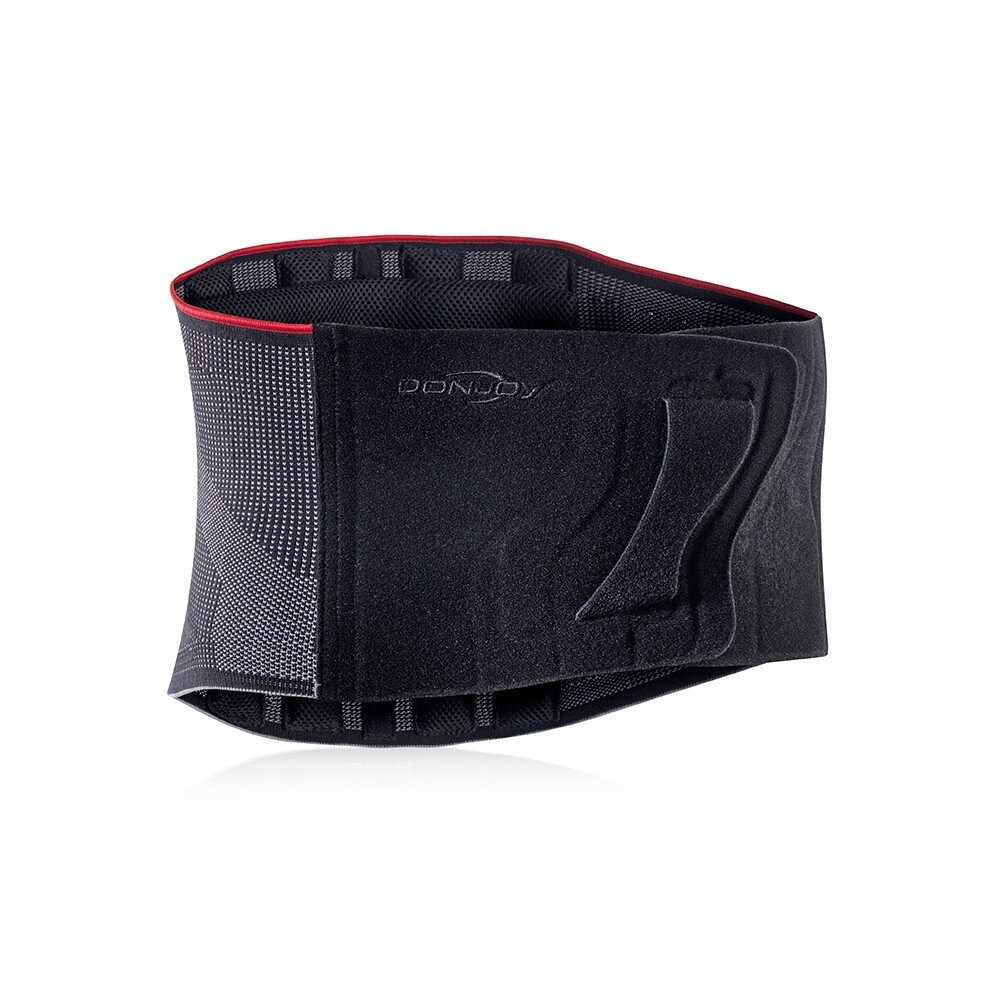News
EXPERIENCING LOWER BACK PAIN (LBP)?
About 80 percent of adults experience low back pain (LBP) at some point in their lives. LBP is one of the most common cause of job-related disability and a leading contributor to missed work days.
1 While back pain is incredibly common, the exact cause for an individual’s pain can be difficult to determine. For this reason, up to 90% of cases are labelled as non-specific LBP. The lack of clarity around the cause of pain has led to a variety of interventions. These are often combined and adjusted based on the response of the patient.
Conservative treatment plans generally utilise physical therapy with education around controlled motion in exercise as well as pain modalities such as NSAIDs and heat and ice therapy. There has been a strong shift away from bed rest, inactivity and immobilisation. A simple lumbar support can offer benefit to both aspects of treatment. Lumbar supports act as a postural reminder to patients and limit range of motion ensuring safer movement patterns. 1 They also provide short-term pain relief for patients suffering from non-specific back pain allowing them to remain active, engaged in the workforce and out of bed.
1,2 Back braces are an economical alternative to pharmacological treatment methods to relieve pain for your patient at home. They are also simple to fit and test for effectiveness in clinic – offering confidence to both the clinician and the patient of a positive outcome.
The DonJoy Lumbar Support Range provides adjustable levels of compression in both the upper and lower back to alleviate lumbar pain. Designed for acute, subacute and chronic levels of lower back pain, the range consists of semi-rigid structures, such as dorsal stays, to limit ROM and provide additional support and stabilisation to the sacro-lumbar area.
While some studies have shown that wearing a back brace could have negative effects, such as muscle wastage and skin lesions, it is important to note that there should be a strong emphasis on patient education when prescribing a lumbar support. It is critical that your patient is aware of how to correctly wear the lumbar support at home and the length of time it should be worn to ensure that the patient does not become reliant on the brace.
References
nih.gov. Low Back Pain Fact Sheet | National Institute Of Neurological Disorders And Stroke. [online] Available at: https://www.ninds.nih.gov/Disorders/Patient-Caregiver-Education/Fact-Sheets/Low-Back-Pain-Fact-Sheet [Accessed 10 March 2020].
Rosenthal, R. and Spencer, S., Prospective Study Of A Lumbar Back Brace In An Interventional Pain Practice. [online] Practical Pain Management. Available at: https://www.practicalpainmanagement.com/treatments/bracing/prospective-study-lumbar-back-brace-interventional-pain-practice

